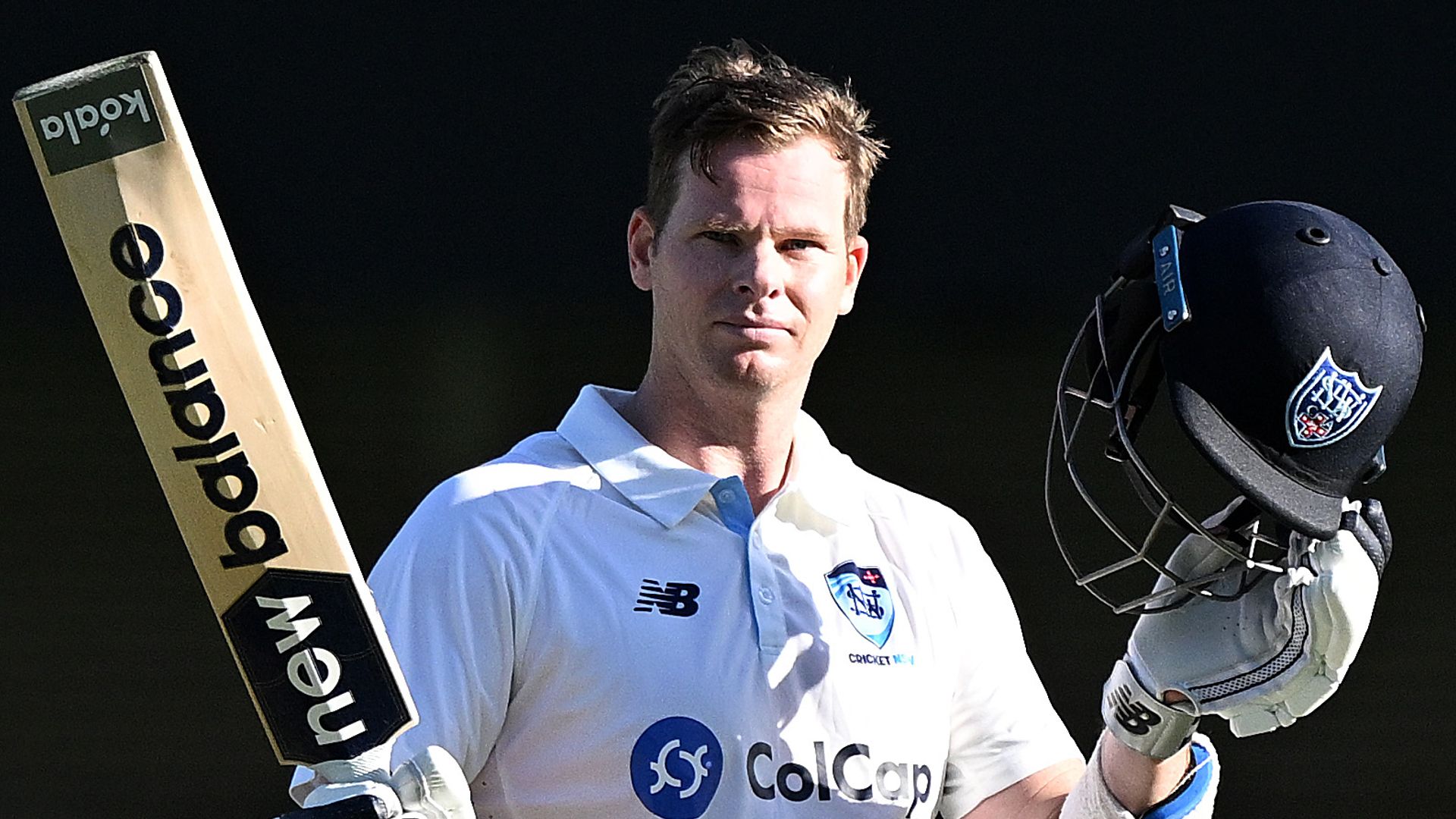The Hundred’s Bold Auction Move Echoes Revolutionary Financial Overhauls That Split Communities and Spark Class Warfare
The Hundred, a remarkable phenomenon in the cricketing world, is now set to undergo a transformative phase as it announces its first player auction slated for March 2026. This pivotal decision is not just a procedural update; it signifies a radical shift in both selection dynamics and salary structures within the competition. As the sixth season approaches, this move is bound to reshape the landscape of the tournament and provoke intense discussions about equity, competition, and the commercialization of sports.
Historically, The Hundred has prided itself on being an innovative format, designed to attract new audiences to cricket. With its 100-ball-per-side matches, the tournament has experienced substantial popularity since its inception. However, the concept of a player auction introduces a layer of complexity and division that will resonate throughout the sport, echoing the patterns observed in other competitive environments, where financial capabilities can drastically affect player selections and team successes.
The introduction of a player auction raises questions about the significance of financial capital in determining success in sports. By aligning player salaries to a bidding system, The Hundred mirrors practices prevalent in leagues such as the Indian Premier League (IPL) and Major League Soccer (MLS), where the wealthiest franchises often dominate. This trend is likely to exacerbate existing inequalities within the cricketing ecosystem, making it increasingly difficult for less affluent teams to compete on equal footing.
The financial implications are extensive. Traditionally, players in The Hundred were compensated through fixed salaries established by their franchises. Under the auction system, however, players will be subjected to market forces, where franchises will engage in competitive bidding to secure the talents they believe will elevate their teams. This situation inevitably leads to a stratification of player salaries, with top-tier players commanding exorbitant fees that could surpass traditional limitations. For segments of the cricket community and fans, this shift from a set salary to auction-driven financial transactions could feel like a departure from the sport’s core values of merit and skill-based selection.
Moreover, the potential for class divisions within the sport looms large. Teams backed by wealthy investors or franchises with significant financial resources may find themselves in an advantageous position to acquire the best talent, while smaller, less financially robust teams may struggle to secure top players. This type of financial disparity could spark controversies similar to those seen in other sports, where wealth disparities lead to discussions about the viability of competitive balance. Critics may argue that the integrity of the sport is at stake when financial capabilities overshadow athletic performance.
Additionally, the implications of a player auction may extend beyond economic aspects to encapsulate the broader themes of representation and access within cricket. As the auction system unfolds, the dynamics of team selection will shift, possibly sidelining talented players who may not attract high bids due to market perceptions or biases. If certain demographics find themselves underrepresented in top franchises, it raises significant ethical questions about inclusivity within the sport.
The Hundred’s management faces a daunting challenge as they navigate the complexities of this new structure. Will they implement safeguards to ensure a competitive balance and promote diversity, or will they allow a free-market approach to dictate the terms? The call for effective governance becomes paramount, as mismanagement could lead to a significant backlash from the cricketing community and fans who advocate for fairness and equality in the sport.
The historical context of player auctions also invites comparisons to other professional leagues worldwide. Auctions have been both lauded and criticized in various sports contexts, leading to mixed outcomes for teams and leagues alike. In many instances, they have resulted in skyrocketing salary figures, altering the financial landscapes of the respective sports. Observing how The Hundred learns from these historical precedents could provide valuable insights into its future trajectory.
Evaluating the success of this initiative will require critical examination of its outcomes over time. The impact of the auction on team performance, player retention, and overall spectator engagement will be closely monitored. Fans will be eager to see if the changes attract a more diverse audience and stimulate an increase in viewership, or if it alienates traditional supporters who value the sport’s historical roots and community-focused ethos.
The introduction of the auction concept is also bound to provoke discussions about athlete agency and autonomy. Players will now have a more active role in determining their career trajectories, influenced by their market value rather than static salaries. This change could empower athletes but may also create pressures to conform to market expectations, potentially complicating the relationship between players and clubs.
In essence, The Hundred’s first player auction represents a crossroads in cricket, forcing stakeholders—from players to fans—to grapple with the tensions between commercial interests and traditional values. The ripples of this decision will resonate far beyond the cricket pitch, challenging perceptions of equality, competitiveness, and the future of the sport as a whole. With the first auction on the horizon, all eyes will be on how this bold initiative unfolds, setting new precedents for cricket’s evolving narrative.



